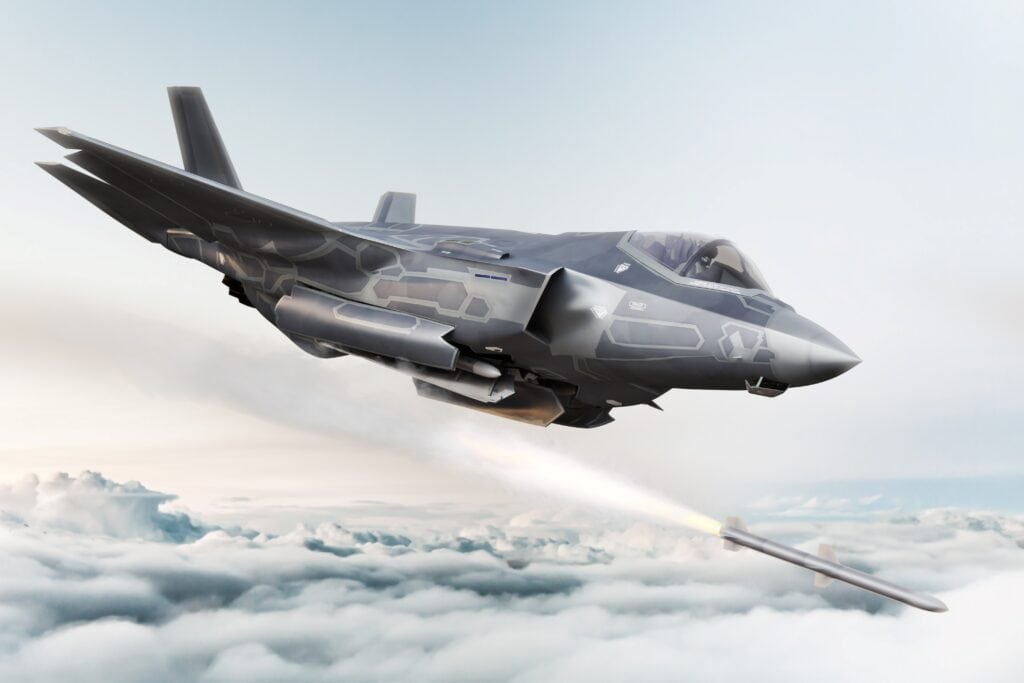
Stealth technology is like the invisible cloak of modern warfare. You’ve probably seen it in action in movies, where military aircraft sneak past enemy radars without being detected.
But how does this tech actually work in real life? It’s more than just making things invisible; it involves a blend of clever designs, advanced materials, and futuristic innovations. Let’s break it down in a way that’s easy to understand.
What Is Stealth Technology?
Stealth technology, or ‘low observability,’ refers to the methods and techniques used to reduce detection by radar, infrared, sonar, or other detection systems. It’s primarily applied in military contexts to create vehicles, aircraft, ships, and even ground equipment that can avoid enemy detection. The idea isn’t to make something completely invisible but to minimize the chances of being spotted.
Imagine a spy sneaking into a building. They might wear dark clothes, avoid brightly lit areas, and move slowly to avoid attention. Stealth technology works in a similar way. It reduces the ‘footprint’ of military equipment, making it much harder for enemies to detect or track.
How Does Stealth Technology Work?
The core of stealth technology is manipulating signals that could give away your presence. Key methods include:
Radar Absorption
Radar-absorbing materials (RAM) play a crucial role in stealth tech. Radar works by sending out radio waves and detecting any that bounce back. Stealthy aircraft and vehicles are coated with RAM, which absorbs these waves rather than reflecting them, making it harder for radar to track the object.
Shape and Design
Beyond absorbing radar, shape and design are essential. For example, aircraft with angular shapes scatter radar waves, minimizing detection. Ground vehicles and equipment use similar principles, with angular designs and special coverings to blend into their environments more effectively.
Infrared Suppression
Aircraft engines, ground vehicles, and equipment emit heat that is detectable by infrared sensors. To combat this, stealth tech includes methods to suppress or mask heat signatures. This might involve special exhaust systems or heat-absorbing materials that reduce the thermal footprint, making vehicles harder to spot through thermal imaging.
Sound and Electromagnetic Shielding
Stealth technology also addresses noise and electromagnetic emissions. Ground vehicles, like submarines and helicopters, use sound-dampening technology and electromagnetic shielding to avoid detection by acoustic sensors and electronic warfare systems.
These techniques are vital for ensuring the success of stealth operations in the air, on land, and at sea.
Examples of Stealth Technology in Action
While traditionally associated with aircraft and submarines, stealth tech is also becoming vital in ground-based operations. Here are some examples showcasing the range of stealth innovations:
ULCANS (Ultra Lightweight Camouflage Net System)
ULCANS represents a significant innovation in ground-based stealth. This multispectral system offers concealment from a variety of detection methods, including visual, infrared, radar, and even thermal imaging. The lightweight and adaptable ULCANS can be easily deployed over vehicles, equipment, or personnel, and is designed to blend into different environments, from dense forests to barren deserts.
With its advanced materials, ULCANS reduces radar reflection and suppresses thermal signatures, making detection difficult for enemy forces. Its adaptability and flexibility make it an essential tool in modern military operations, helping to protect troops and assets in increasingly high-tech battlefields.
F-35 Lightning II

The F-35 Lightning II is a prime example of aerial stealth technology, designed to be nearly invisible to radar. Its radar-absorbing materials and sleek, faceted design scatter radar waves and reduce detectability. Furthermore, the aircraft incorporates infrared suppression technology that minimizes its heat signature, making it much harder for heat-seeking missiles to track.
Though airborne, the advanced stealth systems on the F-35 reflect principles that are being integrated into ground-based military technology, showing how innovations in one area can influence developments in others.
Mobile Camouflage Systems (MCS)
Mobile Camouflage Systems (MCS) are designed to protect tanks, armored vehicles, and other military assets from detection while on the move. Similar to ULCANS, MCS relies on multispectral materials to reduce visual, infrared, and radar signatures. These systems are customized for specific vehicles and environments, offering tailored solutions for concealing moving targets.
By reducing both visual and thermal signatures, MCS makes it significantly more challenging for advanced surveillance systems to detect and track ground forces.
Zumwalt-Class Destroyer
Stealth technology is also making waves at sea. The Zumwalt-class destroyer, used by the U.S. Navy, features an angular design that scatters radar waves, much like stealth aircraft. This design helps it evade radar detection while its low infrared and acoustic signatures make it harder for submarines or other ships to detect.
This blend of stealth elements highlights how naval technology is evolving alongside air and ground innovations.
These examples highlight how stealth technology continues to advance across various military platforms, making detection more difficult and ensuring the strategic advantage of remaining unseen.
Future Ground Stealth
Looking ahead, future ground-based stealth innovations promise to push the boundaries even further. Adaptive camouflage and active stealth technologies are on the horizon, potentially allowing vehicles and soldiers to change their appearance in real time, matching their surroundings instantly. These systems would further complicate enemy detection, especially in fast-changing environments.
Moreover, AI-driven stealth technology is in development, promising autonomous systems that can adapt concealment strategies automatically based on environmental factors and potential threats. This could revolutionize how ground forces operate, making them even harder to detect under various conditions.
Final Thoughts
Stealth technology exemplifies human ingenuity, constantly evolving to meet new challenges in modern warfare. As innovations continue, stealth could inspire breakthroughs beyond the battlefield, influencing fields like space exploration, environmental monitoring, and even everyday technology.
It’s not just about staying hidden—it’s about reimagining the possibilities of technology in ways we’re only beginning to explore.


